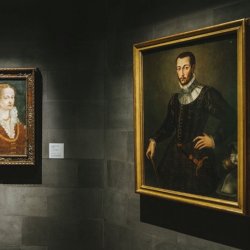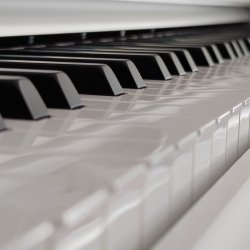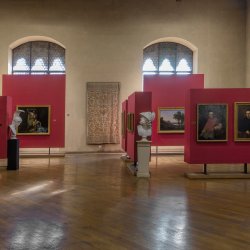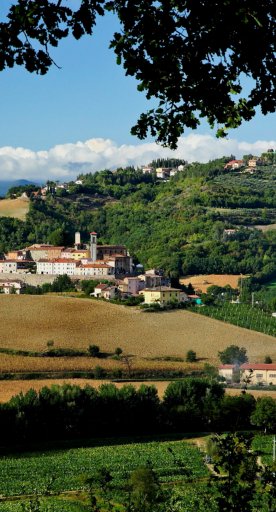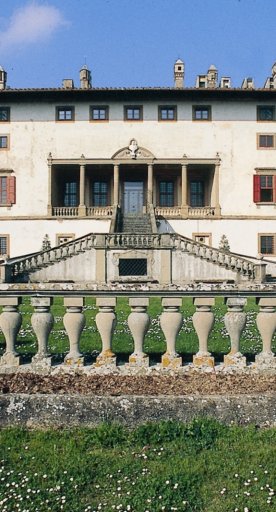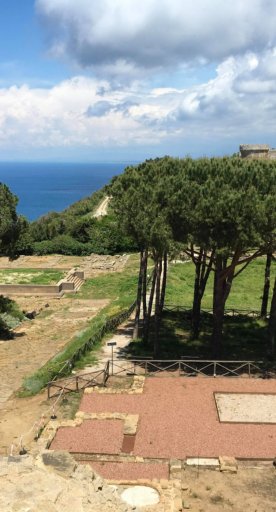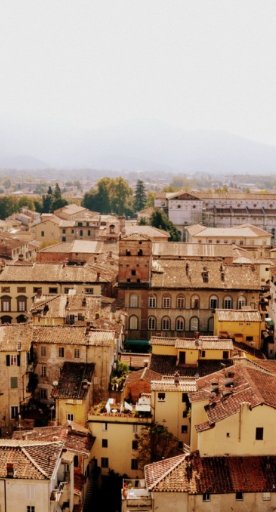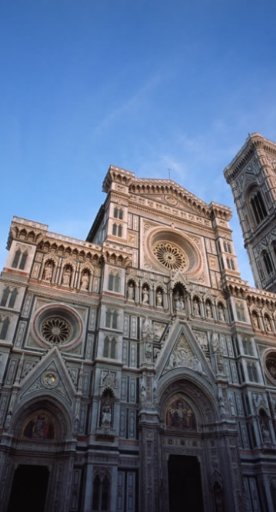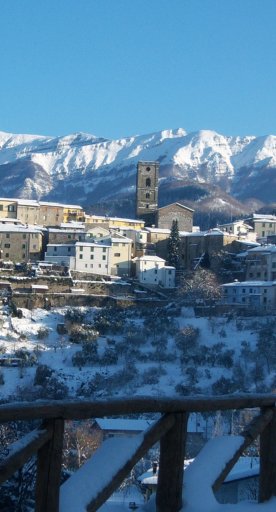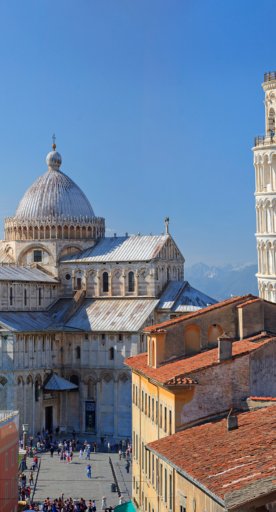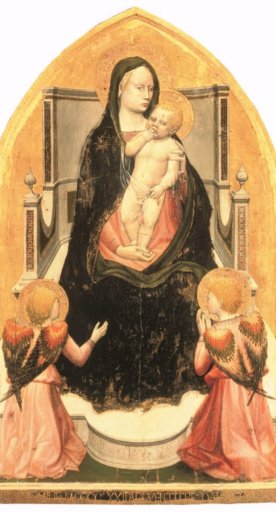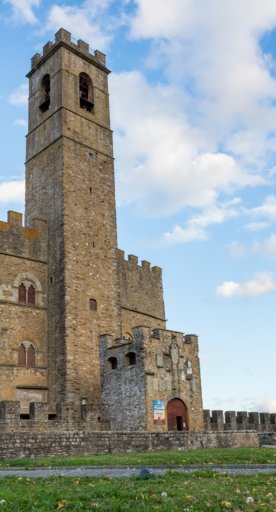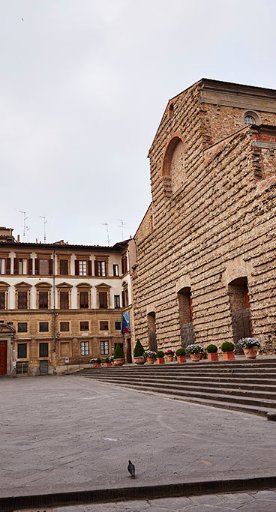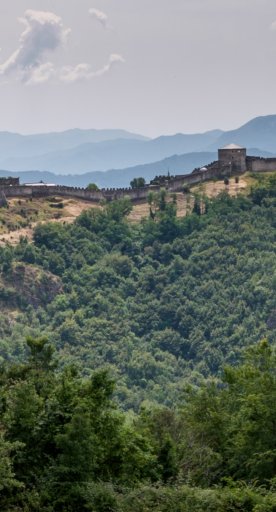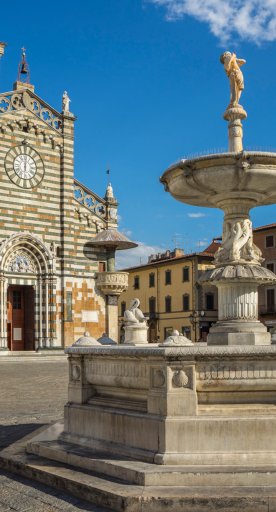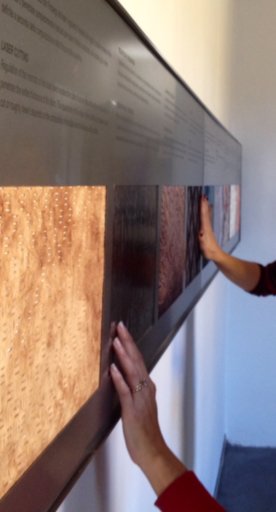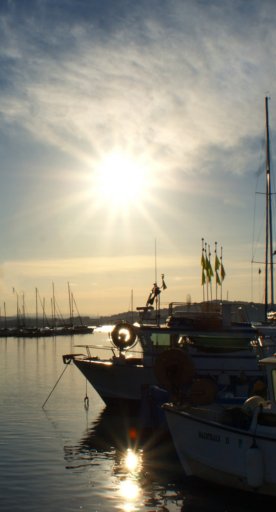Discover Anghiari
The stunning hilltop town in the province of Arezzo is home to many historic gems
Anghiari is located strategically astride a hilltop, lying in the Tuscan Valtiberina valley allowing this medieval jewel to play an important role in the history of the middle ages. Indeed, Anghiari was the site of the struggle between the Republic of Florence and the Duchy of Milan with the Battle of Anghiari taking place here on June 29, 1440. Distinguished with an orange flag by the Italian Touring Club, Anghiari is officially one of the most beautiful villages in Italy. It is easy to see why with charming stone houses lining the narrow streets and the small windows hung with an assortment of brightly colored blooms. From historic churches to stunning art-work and breathtaking panoramic views, Anghiari boasts an enriching itinerary. This walking tour takes you to some of the must-see sights of Anghiari.
-
1.The church of Santa Maria delle Grazie
-
2.Museum of the Battle of Anghiari
-
3.Palazzo Pretorio
-
4.The Church of Santo Stefano
-
5.The Historical Archive of the Municipality of Anghiari
The church of Santa Maria delle Grazie
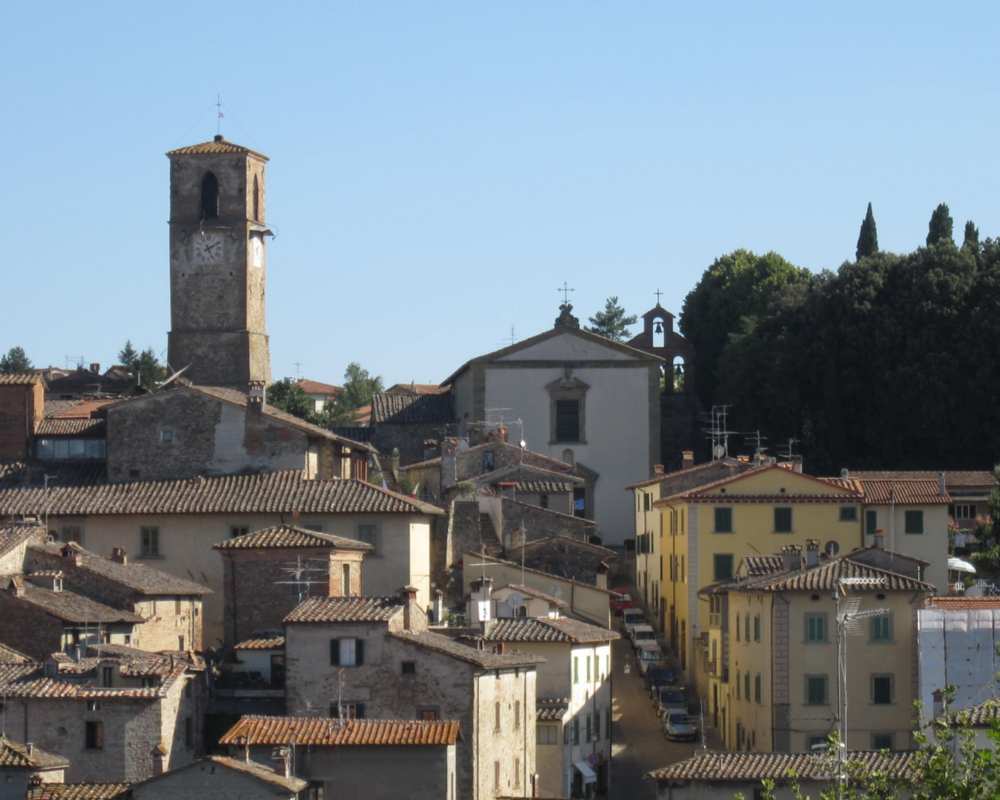
The church of Santa Maria delle Grazie is home to the Madonna delle grazie, a fabulous glazed terracotta work by Andrea della Robbia. The church itself was built between 1628 and 1740. Two noteworthy works by the Florentine painter Giovanni di Antonio Sogliani (1492-1544) grab attention, especially after having recently undergone impressive restoration. The ‘best of’ Domenico di Bartolomeo Ubaldini’s works, according to Vasari, can be viewed above the right of the altar. Puglio, as he was also known, leaves behind in Anghiari the wonderful The Deposition from the Cross.
Museum of the Battle of Anghiari
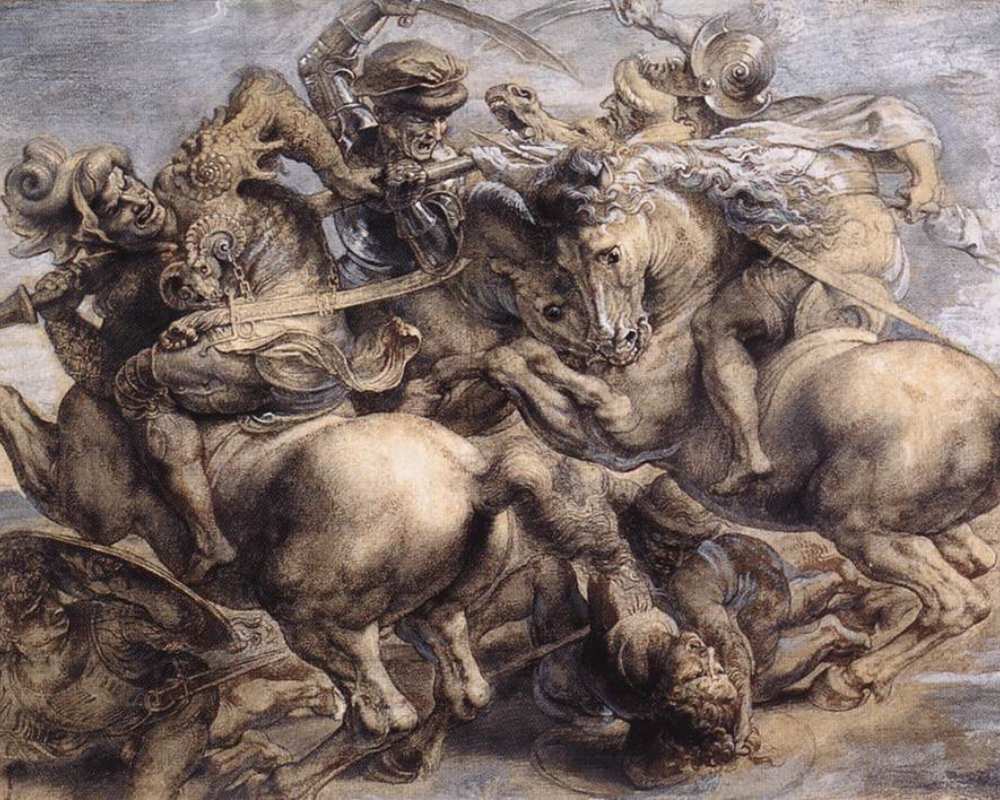
The museum of the Battle of Anghiari is located in Palazzo del Marzocco, a 16th century structure that joined two pre-existing tower houses. The name Marzocco is referred to a stone lion at the right corner of the façade which was placed there by the Florentines in 1526 as a symbol of the supremacy of the Florentine Republic which ruled the area from 1388. Local history is thoroughly explored with a number of notable works including important prehistoric and Roman artefacts, and relics of important wars from the Middle Ages and Renaissance. An entire section is dedicated to the Battle of Anghiari and the famous painting of this subject by Leonardo da Vinci. The Battle of Anghiari was fought on June 29, 1440, under the walls of the village in the Valtiberina, between the Milanese troops and the Florentines, who were victorious. The battle painted by Leonardo da Vinci was intended to decorate the walls of Palazzo Vecchio in Florence. Damaged by an artificial drying process, the unfinished work of art was destroyed to make room for Vasari's decorations.
Palazzo Pretorio
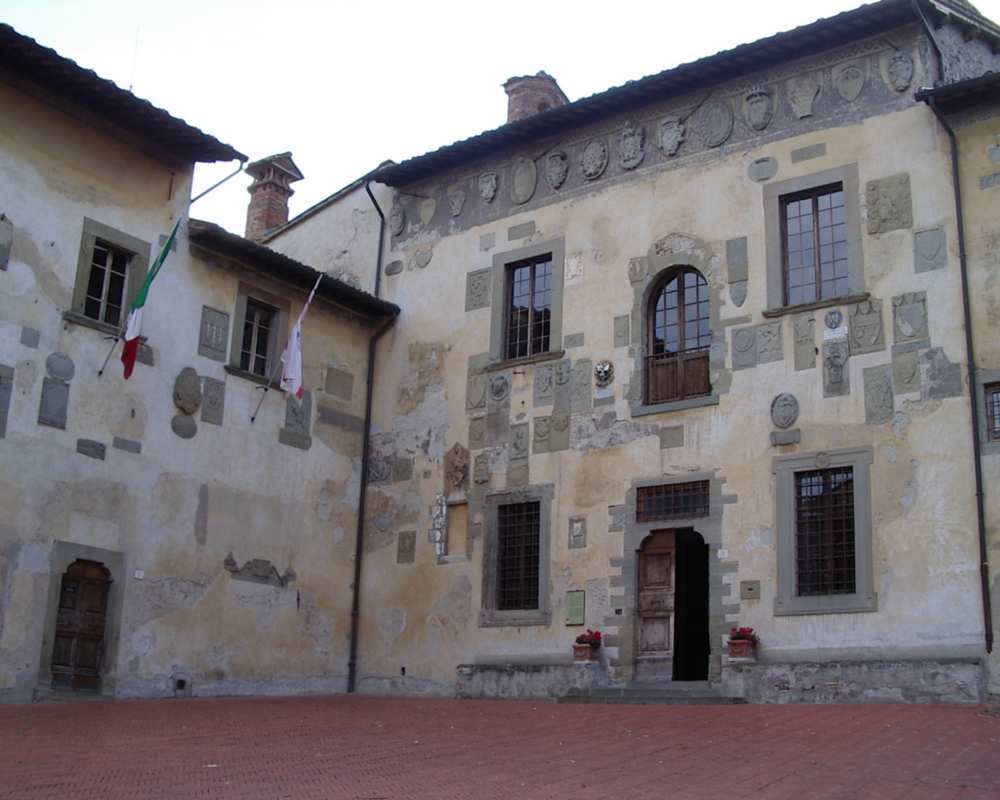
Begin at the centre of things at the town hall which was built in the 14th century. Organized around an L-shape, the facade is adorned with coats of arms of the various vicars and podestàs who administered justice on behalf of the Florentine government. The building also features dungeons and a fresco attributed to Antonio di Anghiari depicting La Giustizia, a work of the 15th Century. The main hall is decorated by the artistic works of the painter Fausto Vagnetti. Recently, a wine receptacle dating from Roman times was found on the ground floor that kept prisoners until the 19th Century. You will also find 15th Century frescoes in the Chapel to the right of the courtyard.
The Church of Santo Stefano
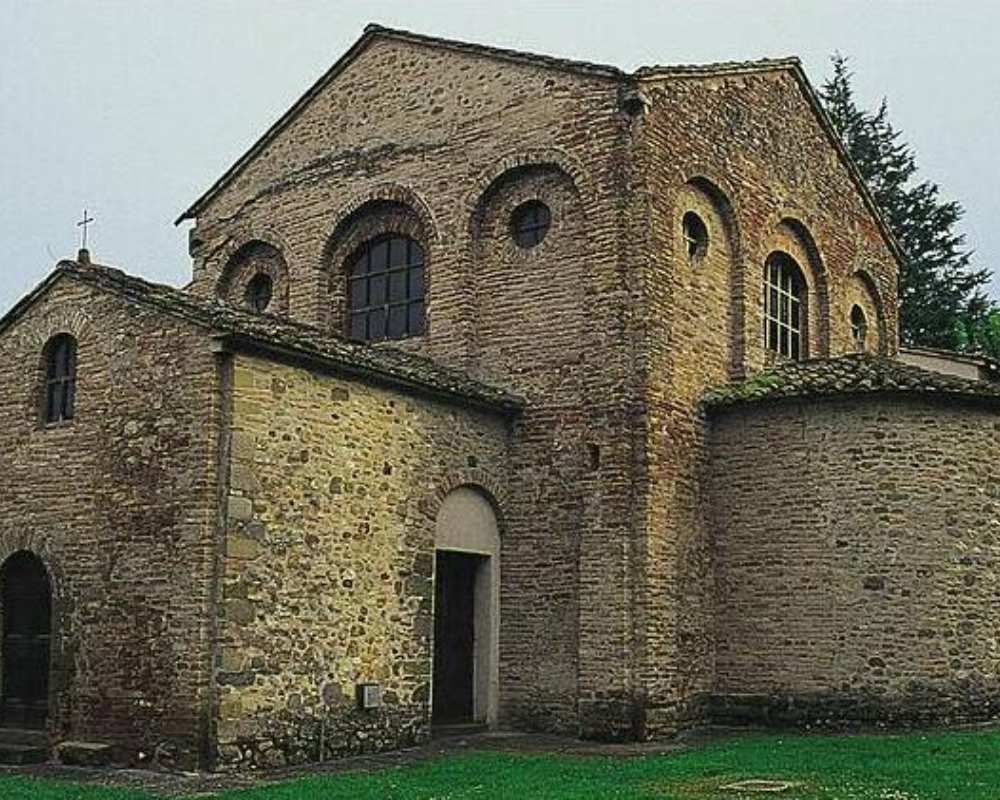
Walking downhill from Anghiari along a road that dates from the 14th century road you will come to the small church of Santo Stefano. This 7th–8th century building takes the form of a small brick temple and boasts architectural features characteristic of Byzantine era with a Ravenna influence. You will find a central square plan abutted by three semicircular chapels. The exterior of the main room is adorned with three blind arches giving the chapels appearances of apses, likely an allusion to the Catholic symbol of the Trinity. This notion is even more interesting when you consider that the land on which it was built was a matter of some dispute with the Lombards who were of Aryan faith. Florentine painter Domenico di Michelino’s 15th-century panel with the Madonna con Bambino e Santis is a must see.
The Historical Archive of the Municipality of Anghiari
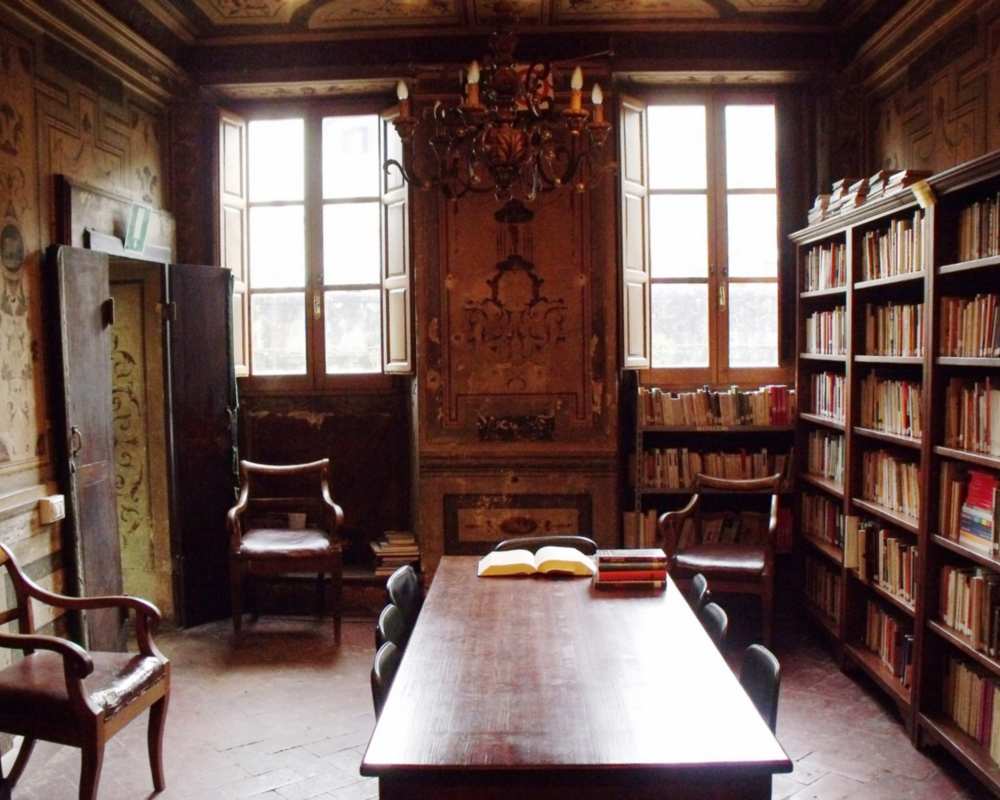
Looping back in the direction from which you started, head to the Historical Archive of the Municipality of Anghiari located in Palazzo Corsi. The archive holds some 1,634 separate documents dating from the 13th Century right up to 1870. The works of two local analysts of the 16th and 17th century, Francesco and Lorenzo Taglieschi are also worth seeing. Federigo Nomi, the famous 17th Century poet of Anghiari, has bequeathed two beautiful poems to the museum, Il Catorcio di Anghiari and Buda Liberata and you can view both in the archives.

